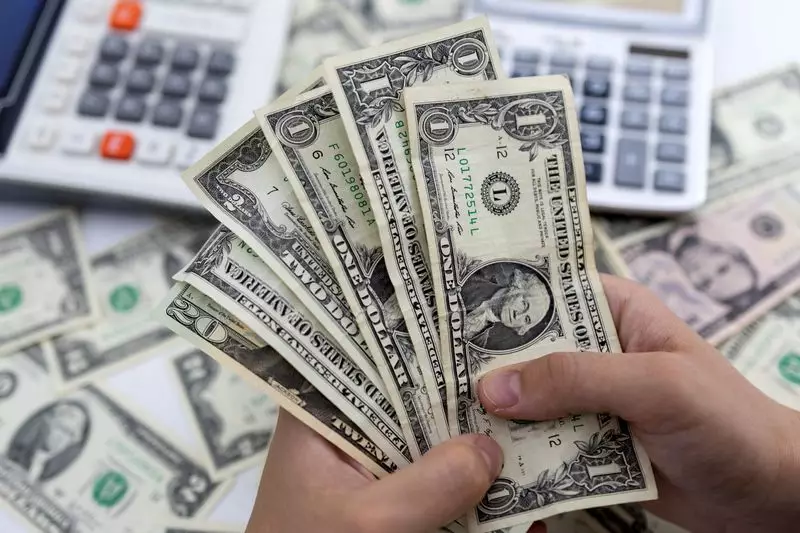In recent market activities, the U.S. dollar has taken a notable downturn, reaching a two-week low amid heightened uncertainty surrounding President Donald Trump’s tariff strategies. A mix of investor apprehension and ambiguous statements from the White House has contributed to the dollar’s struggle against other major currencies. The ongoing debate regarding trade policies, particularly with China and Europe, has left market participants in a state of speculation, reinforcing the volatility natural to currency markets.
Late Tuesday evening, President Trump hinted at a potential 10% tariff on Chinese imports, scheduled for enactment on February 1. This announcement followed earlier comments suggesting that Mexico and Canada could face tariffs up to 25%. Trump’s administration seems intent on prioritizing trade policy, yet the lack of specifics raises more questions than answers. The ambiguity around tariffs has led to increased uncertainty among investors, contributing to the dollar’s sluggish performance. As markets digested these announcements, financial landscapes were reshaped, with many left to speculate whether the forthcoming tariffs indicate a measured approach or a dramatic shift in policy.
Furthermore, the dollar’s decline commenced the week with a notable 1.2% drop against a basket of currencies. Although it briefly stabilized on Tuesday, any momentum toward recovery swiftly diminished. The dollar index, tracking the greenback against six other major currencies, reached its lowest point since early January at 107.75. Analysts highlight that the market’s reaction is tempered by the cautious tone of the administration, suggesting a desire to promote stability while navigating trade negotiations.
Understanding Market Sentiment
Market sentiment is heavily influenced by Trump’s tariff threats and their associated implications. Deutsche Bank analyst Jim Reid pointed out that the uncertainty surrounding these tariffs has generated a mix of caution and cautious optimism among traders. While tariffs could present inflationary pressures, their implementation appears to be gradual rather than aggressive. Recent comments from U.S. officials about adopting a careful approach to taxation have offered a degree of reassurance, possibly alleviating fears of rampant inflation.
Traders’ expectations around Federal Reserve interest rates have also been impacted. Currently, speculation leans towards a quarter-point interest rate cut by July, with a subsequent cut by year’s end described as a toss-up. This possible shift underscores the complex interplay of fiscal policies and their ramifications for the dollar’s value, illustrating the delicate balance the Fed must maintain while responding to evolving economic indicators.
As the dollar faltered, other currencies took center stage. The euro displayed resilience, initially dipping 0.3% but later rising to $1.0457, the highest since late December. In contrast, the British pound experienced volatility, initially reaching a two-week high against the dollar before retreating to a trading level of $1.2351. Analysts assert that while Trump’s policies may bolster economic growth, they also harbor the potential for inflationary consequences, thus further complicating the financial landscape.
Meanwhile, the Canadian dollar, following a tumultuous week, showed a slight decline, trading at 1.4346 per U.S. dollar. This decline is noteworthy given the backdrop of cooling inflation data, positioning it vulnerably in a shifting market. The Mexican peso, by contrast, demonstrated gains of approximately 0.3% against the dollar, marking an interesting counter-narrative amidst the turbulent currency conditions.
The trajectory for the U.S. dollar remains uncertain as President Trump’s trade policies develop. While a 10% tariff on China would diverge significantly from the aggressive 60% previously suggested, it highlights a strategic positioning towards negotiation rather than maximalist protectionism. Nevertheless, the overall sentiment in the markets suggests cautious optimism mixed with an undercurrent of apprehension. With a volatile currency environment and evolving trade discussions, investors must remain vigilant, ready to navigate this unpredictable landscape as it unfolds. The dichotomy of growth amid inflationary pressures will continue to be pivotal in shaping investor decisions and market movements in the foreseeable future.

